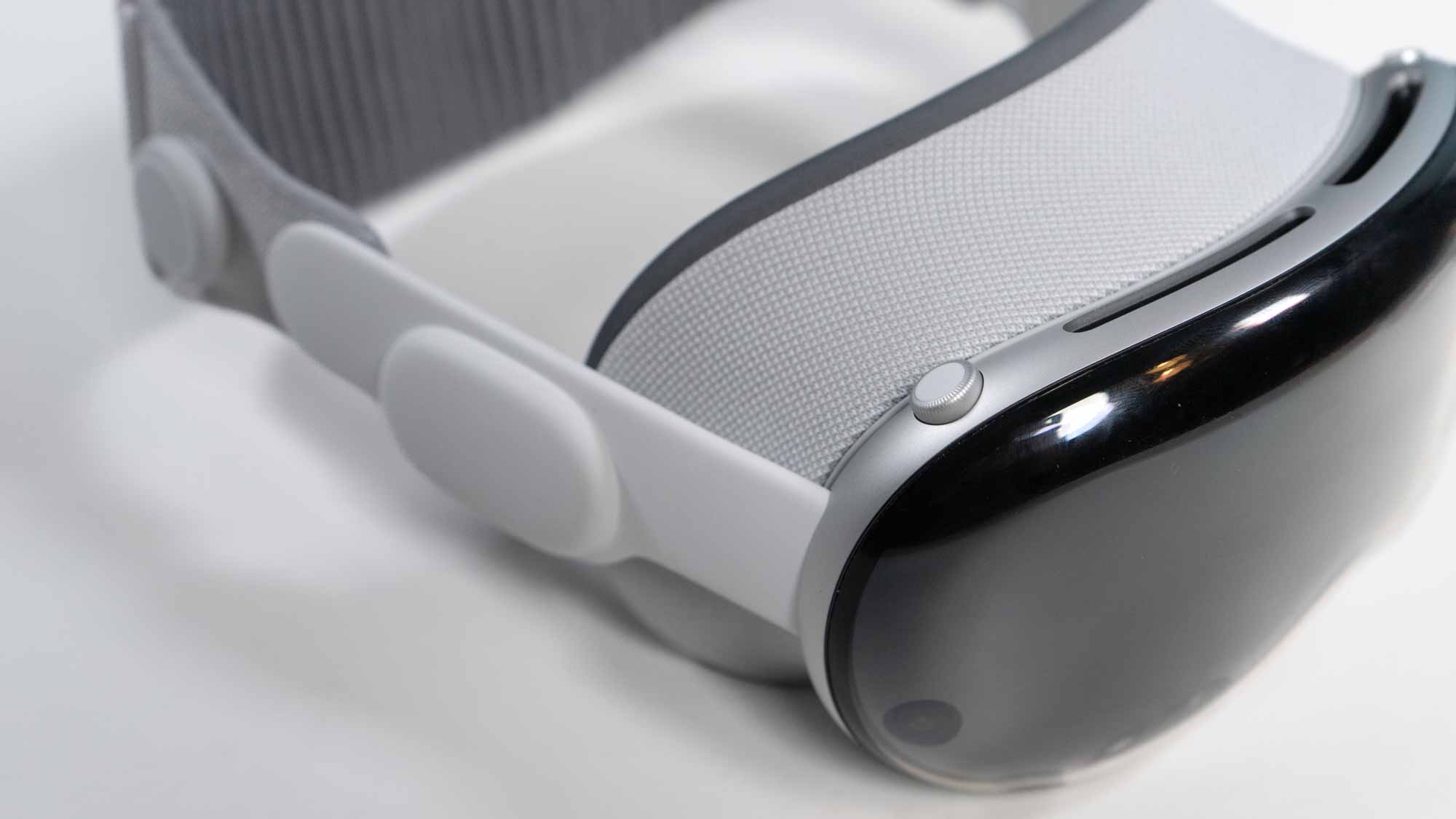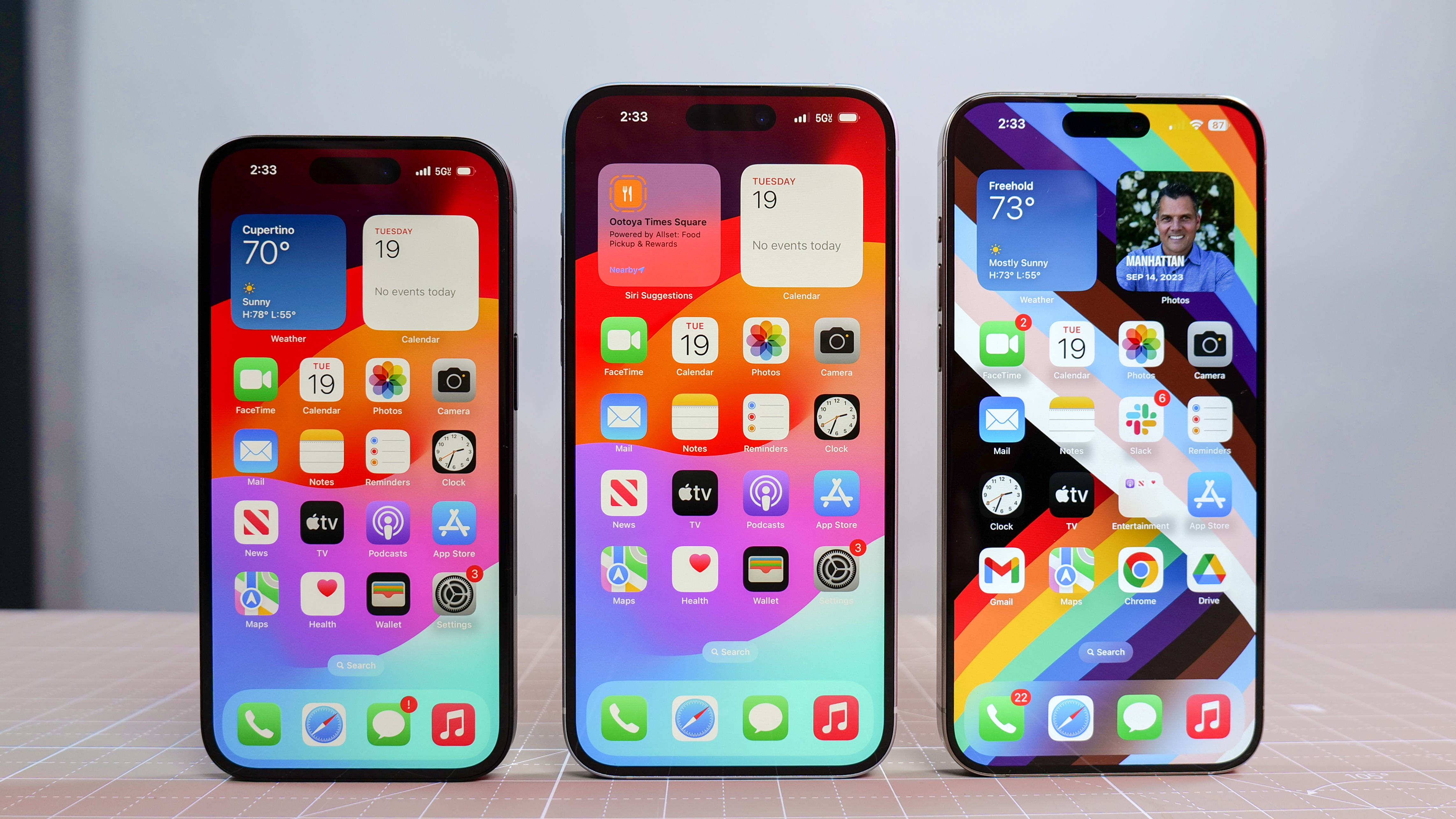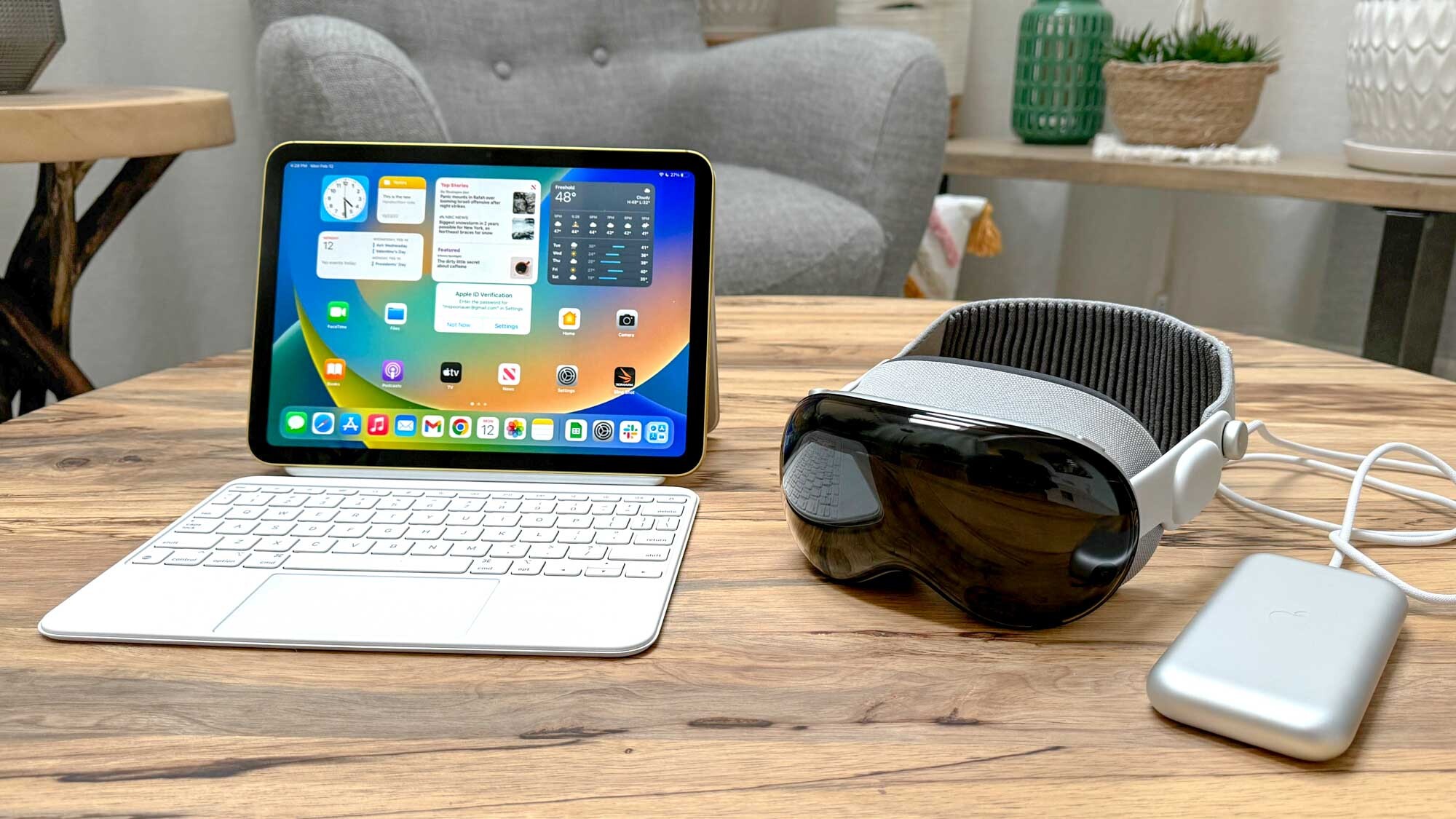Apple Vision Pro is missing the one thing that made the iPhone a success
It helps to have a purpose

It's been a little more than two weeks since the Apple Vision Pro went on sale. And I'm still not exactly sure what you're suposed to do with Apple's spatial computing headset.
Oh, I know the headset's feature set well enough. Our Apple Vision Pro review has made that much clear. With Apple's headset strapped onto you face, you can view immersive videos, watch movies on a 100-foot screen, access different workspaces floating in front of you, enjoy immersive games and even carry on video conferencing meetings with an avatar that looks like a ghostly apparition of yourself.
I understand perfectly what Apple's $3,499 headset is capable of doing. I just don't understand why you'd need to plunk down that kind of money to do the things that the Vision Pro promises.
Apparently, I'm not alone in that regard. Assorted tech news sites are full of stories about early Apple Vision Pro adapters returning their headsets to Apple just in time to get their $3,499 back. Bloomberg confirms returns are higher than average for a new Apple product at some stores, though its report suggests that returns were not entirely unexpected on Apple's part.
Still, whether the return rate for the Apple Vision Pro is within expectations or not, it's quite clear the initial version of the headset isn't resonating with some users, either because it's too uncomfortable to wear for extended periods or that the headset is too unpolished to justify its $3,499 cost or for some other reason.
The importance of purpose

I think there's a simple explanation for why the bloom may be off the Vision Pro rose. Apple has failed to define why you need to use this particular product.
Think back to Apple's successes over the last 20 years, and you'll find instances where the products the company offered delivered exactly what people were looking for. The iPod was a hit because it could take every song you owned and let you carry around that music library in your pocket. Similarly, the iPhone was basically a mini-computer you could carry around with you, accessing email and the web whenever you needed to. The iPad recognized that as helpful as that connectivity could be, it would take a device with a much bigger display to really get things done on the go.
The Apple Vision Pro doesn't deliver that kind of clear-cut use case. In fact, you could argue that the only thing it offers is the ability to do the things already available to other Apple devices, only on something that costs astronomically more than a phone or tablet.
Shortly after the Apple Vision Pro launched, I saw a demo posted to one of the social media sites where a fellow was eagerly showing off what his new headset could do. He had placed various app windows all around him, probably to demonstrate how the Vision Pro keeps those windows in the same location relative to you. But the end result was a view that no matter where you looked, there was another app clamoring for your attention with no relief in sight.
Even I can admit there are some things the Vision Pro does well — namely watching videos and making the experience more immersive. But as my colleague Mark Spoonauer discovered when he tried watching the Super Bowl on his Vision Pro, it also makes the experience of watching videos more solitary and cut off from the people around you. In some places, that's probably all right, like say watching a movie on a long flight (if you can get over the fact that $3,499 is an awful lot to pay for an in-flight accessory). But for something like family movie night? The Vision Pro stinks at that.
Vision Pro: So what is it that you do?

"What can I actually do with this thing?" isn't a question that should trigger a recitation of features. Rather, it's seeking to find out what problem a particular product solves, why it's indispensable, and why it needs to be part of your life. Apple hasn't provided an answer yet for the Vision Pro.
Which is not to say that it won't come up with an answer after people get a chance to use the headset and discover its real purpose. Remember that when the Apple Watch first came out, Apple pitched that device as basically an extension of your phone — basically a way to get notifications and alerts without having to take your iPhone out of your pocket. It wasn't until people had the chance to use the Apple Watch that they noticed it was a very good health and fitness tracker. Then Apple shifted its marketing message to reflect that purpose.
Maybe there's a similar need that the Apple Vision Pro delivers, something that people will uncover as they try out the features. But until that happens, it's hard to imagine the Vision Pro becoming as entwined in our daily lives as the iPhone, the Apple Watch and any one of a number of products Apple has delivered over the years
More from Tom's Guide
Sign up to get the BEST of Tom's Guide direct to your inbox.
Get instant access to breaking news, the hottest reviews, great deals and helpful tips.
Philip Michaels is a Managing Editor at Tom's Guide. He's been covering personal technology since 1999 and was in the building when Steve Jobs showed off the iPhone for the first time. He's been evaluating smartphones since that first iPhone debuted in 2007, and he's been following phone carriers and smartphone plans since 2015. He has strong opinions about Apple, the Oakland Athletics, old movies and proper butchery techniques. Follow him at @PhilipMichaels.
-
DavidGurney As usual, Apple has gimped a product into uselessness. In this case, they did it by not including a video input on a $3500 video display.Reply
If the Vision Pro had a video input, it would have been immediately useful to gamers, drone operators, cinematographers, 3-D modelers and manufacturers... but instead it's a useless toy because Apple's fear of I/O. -
jfplopes You're making the same mistake Balmer did dismissing the iPhone as an expensive device no one wanted or needed.Reply
There's a long way to go but the aim is to completely adapt your environment on the fly according to what you want to do as well as open entire new categories. Scifi provides some examples but it's more than that.
You want to watch a movie? You have the best movie screen at your disposal. This will enable a new type of movie. Volumetric movies. Look it up. It's already being tested. Holodeck style movies, concerts and such.
It allows focus when you need it. Mindfulness, work immersion and such in ways that were simply not possible before.
The VR traveling category is also gaining popularity. If you just can't go there it's useful.
Virtual encounters will also become much more relevant. With technological advancement most people will have a few devices like this. They will be much slimmer and much less awkward. It will augment your reality. And so much more
Devices like the Apple Vision Pro and by the way the Meta Quest 3 will eventually be as common as your tablet or monitor.
It won't replace smartphones due to technological constraints.. Those will first be "augmented" with AR glasses. A bit like a smartwatch integrates with your smartphone. Smart glasses I think will be a very big category. But when you need fidelity for in house.or in work environment the headset will be the equivalent of your tablet or tv screen..

